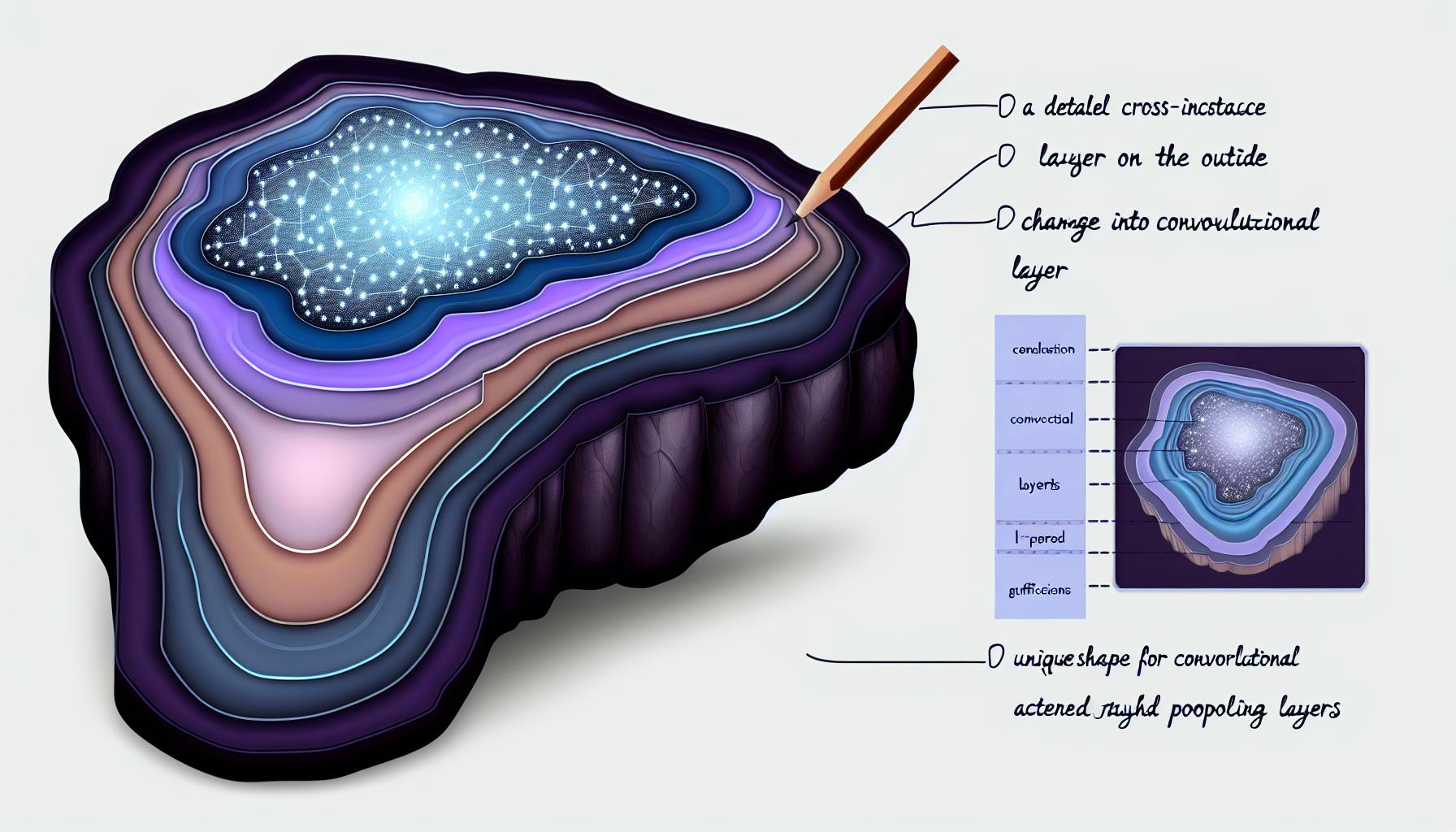We can all agree that noisy data poses significant challenges for analysis and decision making.
The good news is that powerful smoothing and filtering techniques exist to clean and clarify noisy signals.
In this post, we'll overview essential methods like moving averages, Savitzky-Golay filters, wavelet denoising, and more. You'll learn the core concepts behind these noise reduction strategies, how to implement them in practice, and best practices for tuning parameters and validating results through statistical testing.
Introduction to Handling Noisy Data
Noisy data refers to data that contains errors, inaccuracies, or anomalies that can skew analysis results. As a remote staffing agency hiring data professionals, handling noisy data is crucial for drawing reliable insights. This section introduces key concepts around noisy data and techniques to smooth and filter it.
Defining Noisy Data
Noisy data contains random errors or variability that obscures underlying patterns. Common sources include:
- Inaccurate measurements from faulty equipment
- Data entry typos or inconsistencies
- Flawed data collection methods
- Changes in external factors
Noisy data makes analysis challenging. It can lead to biased insights, poor forecasting, and ineffective decision making if not addressed.
Common Sources of Noisy Data
Typical sources of noisy data for small businesses include:
- Customer surveys with unclear questions or scale issues
- Inconsistent data formatting across sources
- Sensor glitches in IoT or manufacturing systems
- Data integrity problems from legacy databases
Careful data collection and management processes help prevent and identify noisy data origin points.
Challenges of Analyzing Noisy Data
Key analysis challenges with noisy data include:
- Skewed data distributions throwing off models
- Spurious patterns that lead to incorrect insights
- Inaccurate forecasts and projections
Proper smoothing and filtering techniques help overcome these issues, enabling reliable analysis on noisy data.
Overview of Data Smoothing Techniques
Data smoothing techniques are used to remove noise and variability from data sets to uncover underlying patterns and trends. There are several common techniques, each with their own principles and use cases.
Understanding Types of Smoothing Techniques
There are a few main categories of data smoothing techniques:
- Moving averages: Calculate the average of a fixed number of data points (e.g. simple moving average, exponential moving average). Useful for smoothing time series data.
- Local regression: Fit smooth curves to data using robust statistical models (e.g. LOESS). Helpful for nonlinear data.
- Filters: Remove specific frequencies from a data signal (e.g. low-pass filter, Savitzky-Golay filter). Commonly used in signal processing applications.
The choice depends on factors like the data type, noise patterns, desired smoothness, and downstream analysis aims.
Simple Moving Average as a Smoothing Method of Forecasting
The simple moving average (SMA) is arguably the most common data smoothing technique. It calculates the unweighted mean of the previous n data points at each step.
For example, a 3-period SMA for the time series {1, 5, 10, 11, 7} would be:
(1 + 5 + 10)/3 = 5
(5 + 10 + 11)/3 = 8.7
(10 + 11 + 7)/3 = 9.3
Using SMA smooths out short-term fluctuations and highlights longer-term trends. It works well for smoothing noisy periodic data like sales figures, temperatures, stock prices etc. The downside is that it lags in responding to new trends.
Exponential Smoothing in Time Series Analysis
Exponential smoothing applies weighting factors that decrease exponentially with time. This gives greater weight to more recent values.
There are several exponential smoothing variants optimized for data with no trend, a linear trend, seasonal cycles etc. The simplest is single exponential smoothing:
New Smoothed Value = α*Current + (1 - α)*Previous Smoothed Value
Where α is the smoothing factor (0 < α < 1)
Compared to SMA, exponential smoothing responds faster to recent changes. Optimal for smoothing noisy data with trends. Useful for web traffic, manufacturing, and financial forecasting.
Loess Smoothing: A Robust Local Regression Approach
Loess smoothing (locally estimated scatterplot smoothing) fits simple models to localized subsets of data to build a smooth curve through noisy data points.
It combines neighboring points using tricubic weighting - points near the target get higher weight. The iterative weighted fitting process makes it robust to outliers.
Loess smoothing excels at smoothing nonlinear data and revealing complex relationships between variables. It is commonly used in bioinformatics, meteorology, and economics.
sbb-itb-ceaa4ed
Noise Filtering Techniques for Data Cleansing
This section provides an overview of advanced noise filtering techniques that can be used to clean noisy datasets and improve data quality. By removing noise and clarifying signals, these methods enable more accurate analysis and modeling.
Wavelet Denoising for Multiscale Noise Reduction
Wavelet denoising is a powerful technique for removing noise from data across different scales and frequencies. It works by:
- Decomposing the noisy signal into wavelet coefficients at different resolution levels
- Thresholding the detail coefficients to filter out noise
- Reconstructing the signal from the modified coefficients
This approach removes high frequency noise while retaining the original signal characteristics. Wavelet denoising is useful for non-stationary signals and can be customized for different noise types. It's widely used for image processing but also applicable for time series data and signal processing.
Savitzky-Golay Filter: Smoothing and Differentiation
The Savitzky-Golay filter is a popular data smoothing technique based on local polynomial regression. It fits a polynomial to successive subsets of adjacent data points to determine the smoothed value for each data point.
Key benefits include:
- Preserves features of the distribution like relative maxima and minima
- Can derive smoothed first and second order derivatives from the data
- Easily adaptable for different levels of smoothing
This makes it useful for clarifying noise data where the underlying signal shape and trends need to be retained. It has widespread applications from spectral data processing to analytical chemistry.
Kalman Filtering for Dynamic System Estimation
Kalman filtering uses a recursive Bayesian estimation approach to filter noise from time series data in dynamic systems. It works by:
- Making an initial guess of the system's state
- Measuring the noisy state and refining the estimate
- Repeating this predict-update cycle to filter the noise
Kalman filtering is optimal for Gaussian noise distributions. It enables real-time tracking and prediction of system behavior in the presence of noise. Use cases include GPS navigation, economic forecasting, and object tracking.
Implementing Smoothing and Filtering in Practice
Smoothing and filtering techniques can be highly effective for handling noisy data, but they must be properly implemented to realize their full potential. Here are some best practices for small businesses looking to leverage these techniques:
Choosing the Right Smoothing or Filtering Technique
The choice of technique depends on the properties of your data and your specific business goals. Some key considerations:
-
Simple moving average smoothing works well for removing minor, random variability in time series data. More complex methods like exponential or double smoothing are better for data with trends or seasonal cycles.
-
Low-pass filters effectively eliminate high frequency noise but can distort signal. Band-pass filters preserve signal shape while rejecting noise outside a frequency band.
-
When forecasting is critical, opt for smoothing over filtering to retain predictive signal. If visualization clarity is key, filtering may be preferred.
Tuning Parameters for Optimal Data Smoothing
Most smoothing methods involve tuning parameters that control the degree of smoothing:
-
For simple moving averages, adjust the window width. Larger windows provide more smoothing but greater lag.
-
With exponential smoothing, modify the smoothing factor α. Higher values add more weight to recent data.
-
For low-pass filters, change the cutoff frequency. Lower values remove more noise but can lose signal details.
Tune parameters while evaluating the smoothed/filtered data visually and statistically to find the optimal balance.
Validating Techniques Through Statistical Testing
Validate that your chosen technique works well before relying on the results:
-
Use holdout validation: Smooth/filter just the training data, quantify errors vs the test data.
-
Check for bias: Are errors symmetric and centered around zero?
-
Compare to a naive benchmark: Does the technique provide improvement over doing nothing?
If statistical checks fail, try a different technique or parameters.
Conclusion and Key Takeaways
Handling noisy data is crucial for small businesses to gain accurate insights. This article summarized key techniques like simple moving average, exponential smoothing, loess smoothing, wavelet denoising, Savitzky-Golay filter, and Kalman filtering to smooth noise and reveal patterns.
Essential Data Smoothing and Filtering Techniques
-
Simple moving average calculates the average of a fixed subset of data to smooth out short-term fluctuations. It is easy to implement but less responsive to recent changes.
-
Exponential smoothing applies weighting factors that decrease exponentially. It puts more emphasis on recent data and adapts well to trends.
-
Loess smoothing fits simple models to localized subsets of data to build a smooth function. It offers flexibility and preserves peaks and valleys.
-
Wavelet denoising decomposes the data into wavelets, removes noise wavelets, and reconstructs the signal. It performs well for non-stationary data.
-
Savitzky-Golay filter fits successive sub-sets of adjacent data points with a low-degree polynomial by the linear least squares method to smooth the data. It preserves key properties like peak height and width well.
-
The Kalman filter is an optimal estimator that uses a predictive model and recursive algorithm to separate signal from noise in a stream of noisy data. It works very well for multivariate systems with cross-correlated noise sources.
Best Practices for Effective Implementation
To implement these techniques effectively, small businesses should:
- Carefully assess and diagnose different noise sources in their data
- Select techniques based on data properties and analysis goals
- Tune parameters appropriately to smooth noise while preserving true signals
- Validate models by testing on sample datasets
- Periodically review and update techniques as new data arrives
Following these best practices will lead to optimal noise reduction.
Future Trends in Noise Reduction Strategies
Emerging techniques like neural networks, multivariate adaptive regression splines, and support vector machines hold promise to build more flexible and automated noise handling systems. Advances in computational power and machine learning will also enable tackling more complex, multidimensional datasets. Small businesses should stay updated on these developments to get the most out of their data.


